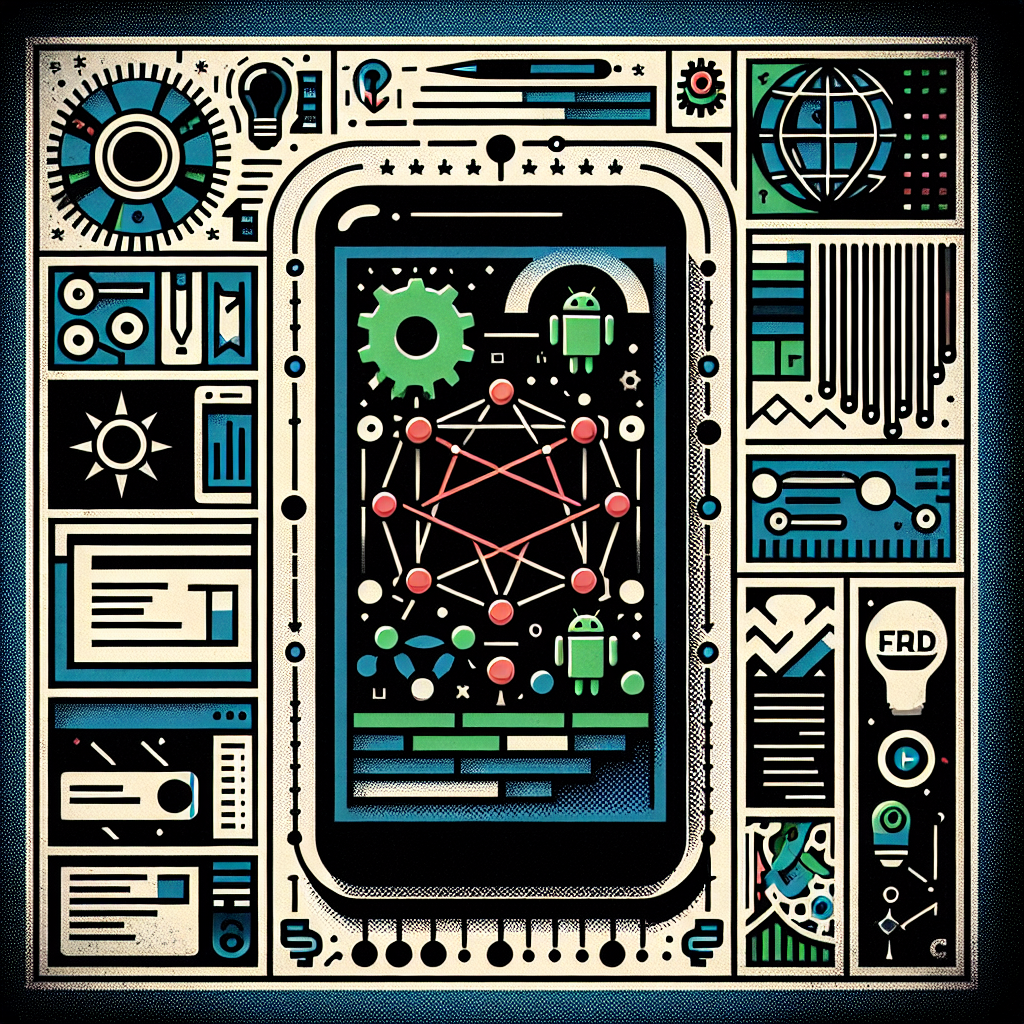Privacy Policy
Effective date: April 26, 2018
BeDefended S.r.l. ("us", "we", or "our") operates the newsroom.bedefended.com
website (the "Service").
This page informs you of our policies regarding the collection, use, and
disclosure of personal data when you use our Service and the choices you
have associated with that data.
This Privacy Policy is provided in compliance with article 13 of the
GDPR 2016/679 (General Data Protection Regulation).
We use your data to provide and improve the Service. By using the
Service, you agree to the collection and use of information in
accordance with this policy.
Definitions
Personal Data
Personal Data means data about a living individual who can be identified
from those data (or from those and other information either in our
possession or likely to come into our possession).
Usage Data
Usage Data is data collected automatically either generated by the use
of the Service or from the Service infrastructure itself (for example,
the duration of a page visit).
Cookies
Cookies are small pieces of data stored on a User’s device.
Data Controller
Data Controller means the natural or legal person, public authority,
agency or other body which, alone or jointly with others, determines the
purposes and means of the processing of personal data.
For the purpose of this Privacy Policy, we are a Data Controller of your
data.
Data Processor (or Service Providers)
Data Processor (or Service Provider) means a natural or legal person,
public authority, agency or other body which processes personal data on
behalf of the Data Controller.
We may use the services of various Service Providers in order to process
your data more effectively.
Data Subject
Data Subject is any living individual who is the subject of Personal
Data.
User
The User is the individual using our Service. The User corresponds to
the Data Subject, who is the subject of Personal Data.
Information Collection And Use
We could collect several different types of information for various
purposes to provide and improve our Service to you.
Types of Data Collected
Personal Data
While using our Service, we may ask you to provide us with certain
personally identifiable information that can be used to contact or
identify you ("Personal Data"). Personally identifiable information may
include, but is not limited to email address, first name and last name.
Cookies Data
We use technical cookies to improve the browsing experience of users and
to gather information on the use of the site.
Cookies are files with small amount of data which may include an
anonymous unique identifier. Cookies are sent to your browser from a
website and stored on your device.
These cookies do not collect Personal Data that can identify you. All
information collected by these cookies are aggregated anonymously and
are used only to improve the functionality of the site.
Anyway you can instruct your browser to refuse all cookies or to
indicate when a cookie is being sent.
Continuing browsing our website you accept the use of cookies; otherwise
you can leave the website.
Usage Data
We may also collect information how the Service is accessed and used
("Usage Data"). This Usage Data may include information such as browser
type, browser version, the pages of our Service visited, the time and
date of each visit, the time spent on those pages and other diagnostic
data.
Use of Data
BeDefended S.r.l. uses the collected data for various purposes:
- To provide and maintain our Service
- To notify you about changes
to our Service
- To allow you to participate in interactive
features of our Service when you choose to do so
- To provide
customer support
- To gather analysis or valuable information so
that we can improve our Service
- To monitor the usage of our
Service
- To detect, prevent and address technical issues
Retention of Data
BeDefended S.r.l. will retain your Personal Data only for as long as is
necessary for the purposes set out in this Privacy Policy. We will
retain and use your Personal Data to the extent necessary to comply with
our legal obligations (for example, if we are required to retain your
data to comply with applicable laws), resolve disputes, and enforce our
legal agreements and policies.
BeDefended S.r.l. will also retain Usage Data for internal analysis
purposes. Usage Data is generally retained for a shorter period of time,
except when this data is used to strengthen the security or to improve
the functionality of our Service, or we are legally obligated to retain
this data for longer time periods.
Transfer Of Data
Your information, including Personal Data, may be processed and
maintained on computers located outside of your state, province, country
or other governmental jurisdiction where the data protection laws may
differ than those from your jurisdiction.
If you are located outside Italy and choose to provide information to
us, please note that we can transfer the data, including Personal Data,
to Italy or other EU countries and process it there.
Your consent to this Privacy Policy followed by your submission of such
information represents your agreement to that transfer.
BeDefended S.r.l. will take all steps reasonably necessary to ensure
that your data is treated securely and in accordance with this Privacy
Policy and no transfer of your Personal Data will take place to an
organization or a country unless there are adequate controls in place
including the security of your data and other personal information.
Disclosure Of Data
Legal Requirements
BeDefended S.r.l. may disclose your Personal Data in the good faith
belief that such action is necessary to:
- To comply with a legal obligation
- To protect and defend the
rights or property of BeDefended S.r.l.
- To prevent or investigate
possible wrongdoing in connection with the Service
- To protect the
personal safety of users of the Service or the public
- To protect
against legal liability
Security Of Data
The security of your data is important to us, but remember that no
method of transmission over the Internet, or method of electronic
storage is 100% secure. While we strive to use commercially acceptable
means to protect your Personal Data, we cannot guarantee its absolute
security.
Your Rights
BeDefended S.r.l. aims to take reasonable steps to allow you to correct,
amend, delete, or limit the use of your Personal Data.
You can contact us to make changes on your Personal Data.
If you wish to be informed about which Personal Data we hold about you
and if you want it to be removed from our systems, please contact us.
In certain circumstances, you have the right:
- To access and
receive a copy of the Personal Data we hold about you
- To rectify
any Personal Data held about you that is inaccurate
- To request
the deletion of Personal Data held about you
Please note that we may ask you to verify your identity before
responding to such requests.
Service Providers
We may employ third party companies and individuals to facilitate our
Service ("Service Providers"), to provide the Service on our behalf, to
perform Service-related services or to assist us in analyzing how our
Service is used.
These third parties have access to your Personal Data only to perform
these tasks on our behalf and are obligated not to disclose or use it
for any other purpose.
Analytics
We may use Google Analytics as third-party Service Providers to monitor
and analyze the use of our Service.
Google Analytics is a web analytics service offered by Google that
tracks and reports website traffic. Google uses the data collected to
track and monitor the use of our Service. You can opt-out of having made
your activity on the Service available to Google Analytics by installing
the Google Analytics opt-out browser add-on. The add-on prevents the
Google Analytics JavaScript (ga.js, analytics.js, and dc.js) from
sharing information with Google Analytics about visits activity. For
more information on the privacy practices of Google, please visit their
Privacy & Terms web page:
Google privacy policy
Links To Other Sites
Our Service may contain links to other sites that are not operated by
us. If you click on a third party link, you will be directed to that
third party's site. We strongly advise you to review the Privacy Policy
of every site you visit.
We have no control over and assume no responsibility for the content,
privacy policies or practices of any third party sites or services.
Children's Privacy
Our Service does not address anyone under the age of 16 ("Children").
We do not knowingly collect personally identifiable information from
anyone under the age of 16. If you are a parent or guardian and you are
aware that your Children has provided us with Personal Data, please
contact us. If we become aware that we have collected Personal Data from
children without verification of parental consent, we take steps to
remove that information from our servers.
Changes To This Privacy Policy
We may update our Privacy Policy from time to time. We will post the new
Privacy Policy on this page.
You are advised to review this Privacy Policy periodically for any
changes. Changes to this Privacy Policy are effective when they are
posted on this page.
Contact Us
If you have any questions about this Privacy Policy, please contact us
by mail: Via Caprera 47, 10136 Torino (TO) - Italy


